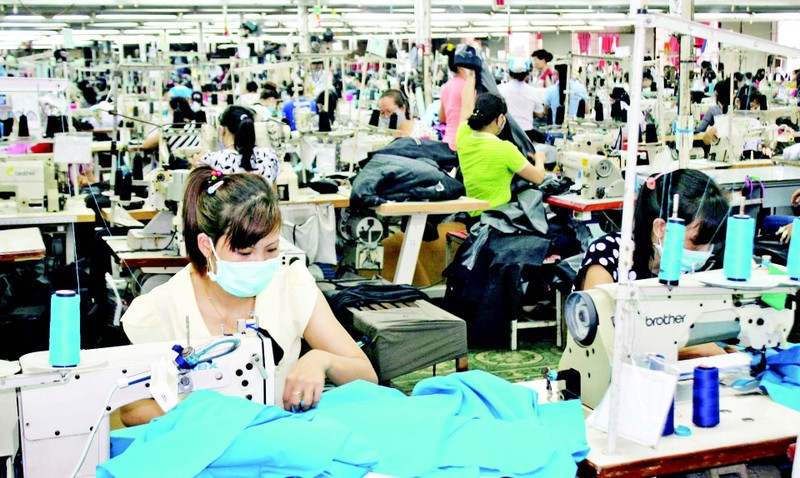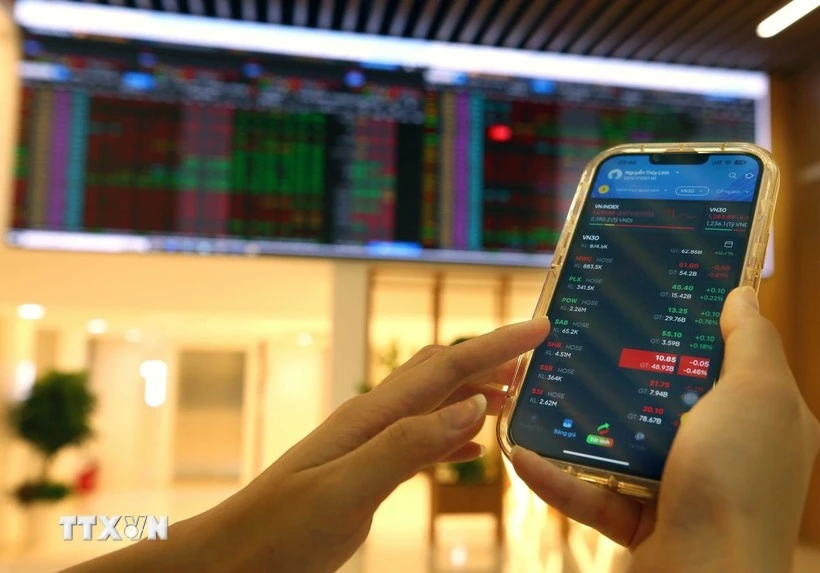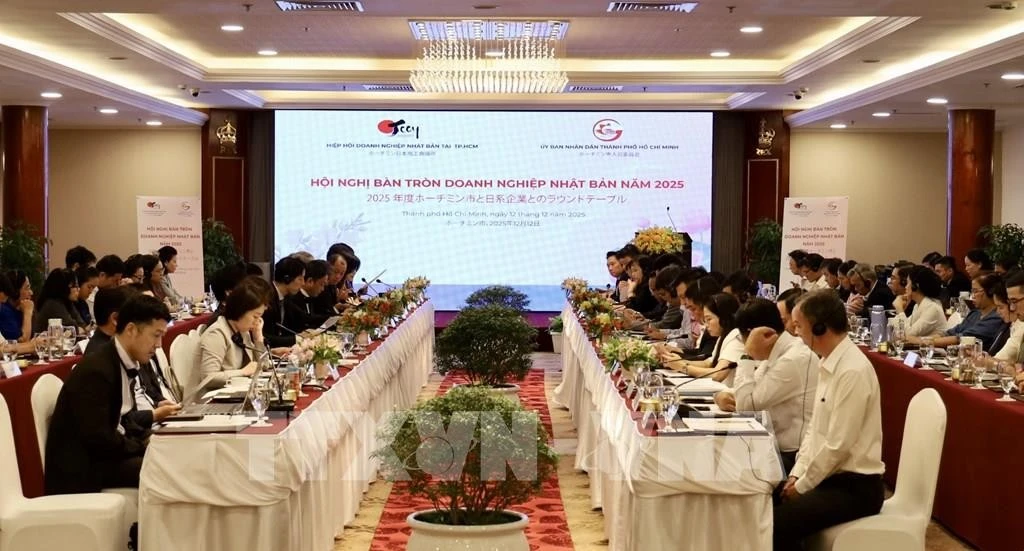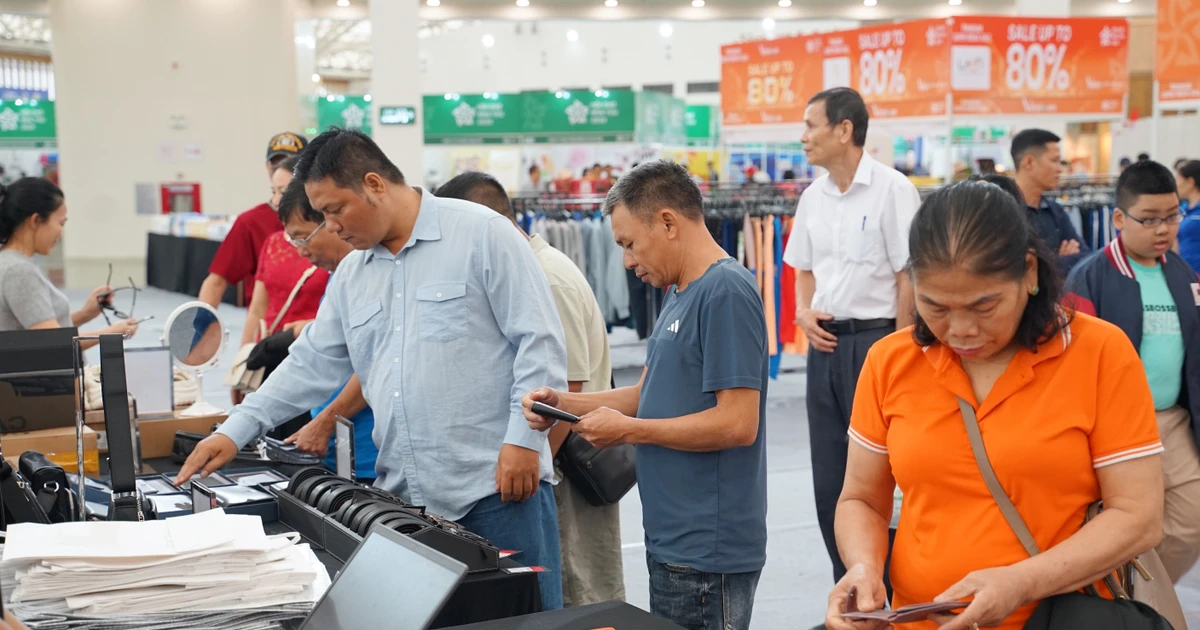Truong Van Cam, Vice President and Secretary General of the Vietnam Textile and Apparel Association (VITAS), stated that in 2024, textile and garment exports to the US reached 16.6 billion USD, accounting for 38% of the sector’s total export value; imports from the market were valued at nearly USD 1.2 billion, making up 4.8%, including 681 million USD worth of cotton, 46 million USD of fabric, and 469 million USD of materials.
Hoang Manh Cam, Deputy Chief of the Office of the Board of Directors of Vietnam National Textile and Garment Group (Vinatex), said that the US’s three-month suspension of the 46% “reciprocal” tariff and its reduction to 10% during this period would enable businesses to proactively develop solutions to adapt to market uncertainties, boost production, and accelerate exports to meet their targets.
Hoang Manh Cam also remarked that regardless of whether the tariff is 10% or higher, it would impact consumer demand in the US, as tariffs increase typically lead to consumption decrease. The textile and garment sector, being particularly sensitive, is certain to be affected.
Moreover, US importers are currently negotiating and requesting that manufacturers in Vietnam absorb at least 50%, or even 100%, of the additional costs incurred by consumers—meaning the selling price remains unchanged, and manufacturers bear the extra costs. This puts businesses under pressure, facing both reduced orders and lower prices. If they refuse to comply, customers may shift to other countries with lower production costs.
Cam also suggested that the Government should consider measures to stimulate domestic demand to offset the shortfall, such as reducing VAT, lowering personal income tax for citizens, and postponing any increases in electricity prices and regional minimum wages to alleviate input cost pressures and ease the burden on businesses.
Le Tien Truong, Chairman of the Board of Directors of Vinatex, emphasised that rising import tariffs would reduce consumer demand in the US market. Therefore, businesses must remain calm and make sound decisions by adopting sustainable solutions, such as enhancing management capabilities, improving production efficiency, and upskilling the workforce to increase competitiveness. In parallel, they should negotiate with customers and brands in a spirit of mutual understanding and burden-sharing to maintain production stability.
As soon as President Donald Trump announced the 90-day suspension of “reciprocal” tariffs on Vietnamese goods, businesses immediately accelerated production and began negotiations with clients to address ongoing and existing orders.
According to Nguyen Xuan Duong, Chairman of the Board of Directors of Hung Yen Garment Corporation (Hugaco), the US market does not produce garments domestically but relies heavily on imports, which presents an opportunity to negotiate for tariff reductions.
Additionally, businesses need to shift their production methods, gradually transitioning to FOB (purchasing materials, manufacturing, selling finished products), or ODM (original design manufacturer) to increase added value and strengthen their position in the supply chain.
At the same time, businesses should diversify their markets, take advantage of FTAs, and develop potential markets such as Russia, the Middle East, the Americas, and Africa.
Vu Duc Giang, Chairman of VITAS, said that Vietnam’s garment exports to the US currently face various tariff levels, including 0%, 7%, 12%, and some items like jackets are taxed at 27%. The Government is actively negotiating and implementing measures to assess and apply appropriate tariff rates in the future.
In addition to response strategies, businesses must also control and trace the origin of their raw materials, ensuring transparency to avoid violations that could negatively impact production and export activities.
















